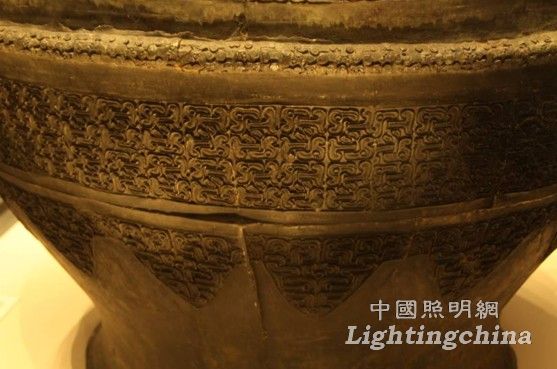How do you think about dimming? What factors are you thinking about? What means have you achieved this idea? Designer Qi Honghai thinks during the dimming process Artists create art, lighting designers present art, audiences use their own vision and mind to interpret art. The perfect combination of these three is the full meaning of artistic value. Art expresses the heart, and the means of vocalization are mostly refined, abstracted, combined and fixed by artistic forms such as painting and sculpture. The so-called historical value can be identifiable, perceptible and understandable. The content is presumed to be historically true, and the clues that can be provided to today's people are reflected in the characters, patterns, materials, and techniques of the works recorded in historical relics. The quality of light and the way of light projection are undoubtedly important to present all these connotations. Means, but also important content of participation in expression. Bronze is an important representative of Shang and Zhou culture, and it can be passed down to the point of relying on strong and corrosion-resistant properties. We can see the bronzes in the museum. It is more intuitive to see the volume. Because the discovery and mining of metal mines is very difficult in history, the ancients discovered copper mines buried deep underground by means of a plant called copper grass, without modern smelting. Under the technical conditions, smelting copper water, designing and making fine patterns, making models, casting, the difficulty is unimaginable, but the fine exhibits you see in the museum have to admire the wisdom, patience and exquisiteness of the ancients. To the depths, the production process and the level of technological development have a considerable relationship and are an important reflection of social productivity. For example, the bronze casting method will leave a vane line on the surface of the object, the casting method will leave traces of welding, and the lost wax casting will be more complete and leaky. The display is not a display, but a pointing, and the means of pointing include the use of light in addition to the instructions. Guobo's bronze exhibits and the presented vanishing line Each of the terracotta warriors and horses of the Mausoleum of the First Qin Emperor was an art treasure. However, when you see the neat array of terracotta warriors and horses, it is by no means a simple superposition of the simple sense, but the shock and impact brought by the infinite repetition. There is a scene in Guobo that is a form of Qin Terracotta Warriors and Horses, two-and-a-half. The advantage of this form is that the small space reflects the big scene. The key is to express the front scene in detail, and the background blur will lay out the grand scene, and the precise information obtained from the foreground will be inferred into the infinite scene. Typical means. The designer is a long-term vision, consistently acknowledging the truth and pursuing the finest light effects. The horse is burnt at low temperature, and the surface is only faintly colored, but the strong and strong shape is still vivid. The expression of objective things is first of all an accurate grasp and true reproduction of its form. The delicate structure of the horse, the accurate proportion of the body, and the delicate surface texture make it a well-deserved art. The lighting designer carefully analyzed the physical characteristics and relationship of the horse, and designed the light distribution strategy and illumination combination scheme. A total of 5 lights are directed from different directions to the stables. When the audience stops to watch, they can appreciate the subtle turning relationship of the horse's body and form an overall understanding with the frame in the background. If you walk slowly, subtle changes in light and shadow will make the exhibits show more detail. 
